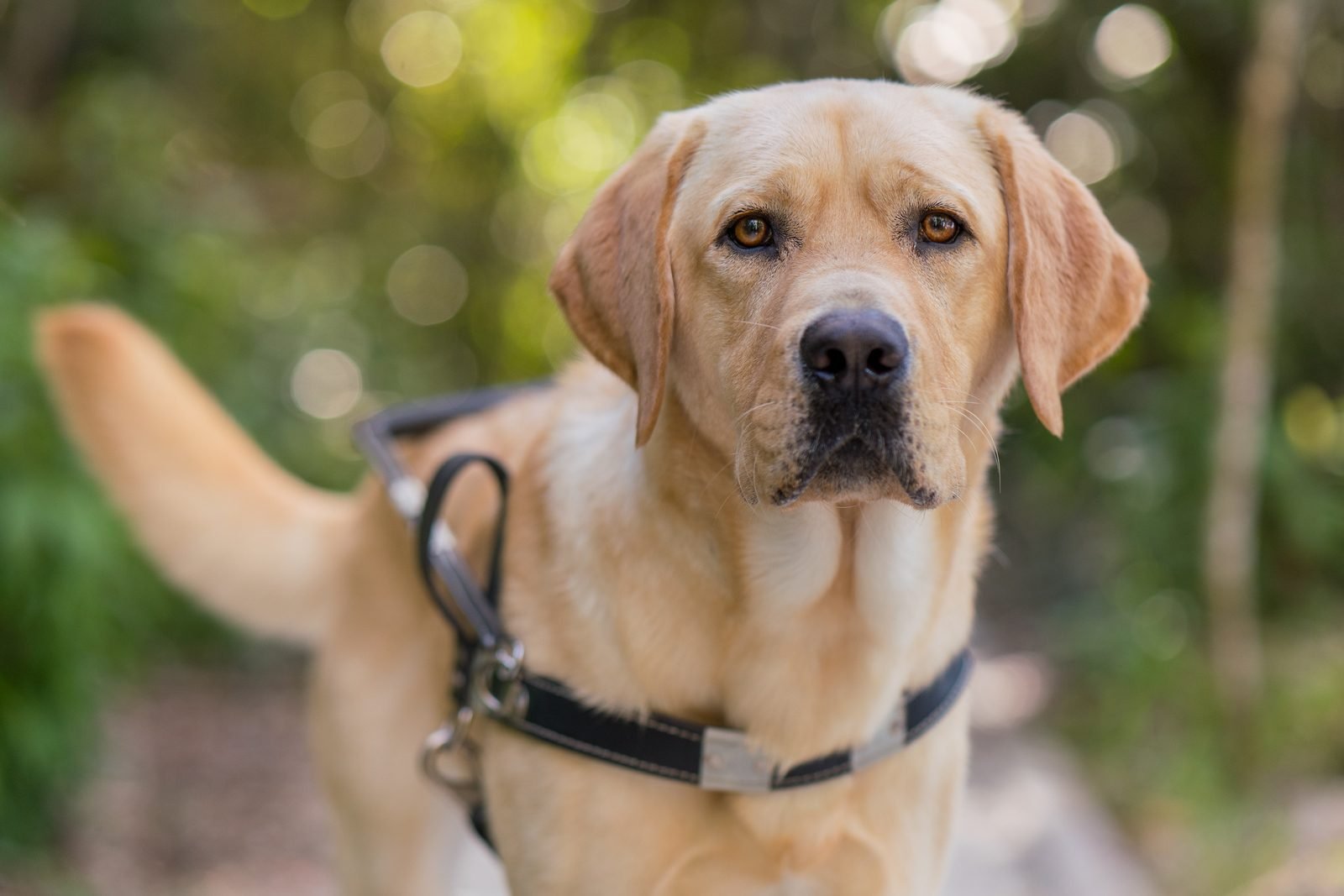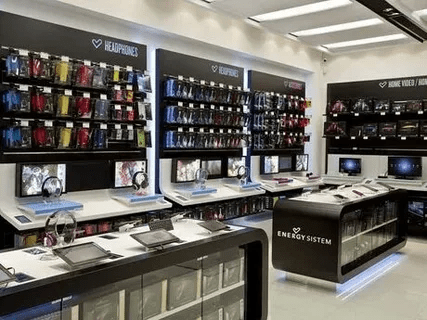Effective use of dog training equipment
A dog treat pouch is an indispensable tool for pet parents who aim to make training sessions and walks more productive and enjoyable. In this article, we’ll explore the best practices for using a dog treat pouch, discuss its benefits, and provide insights into incorporating other training tools such as prong collars, flirt poles, and other essential dog equipment for training.
Why Use a Dog Treat Pouch?
Carrying treats during training or walks ensures that you can reward your dog promptly for desired behaviors. A treat pouch eliminates the hassle of fumbling through pockets or bags, allowing you to focus entirely on your dog. Here are some key benefits:
- Convenience: A dog treat pouch keeps treats easily accessible.
- Cleanliness: Pouches are designed to hold treats securely, preventing crumbs or stains in your pockets.
- Improved Training: Immediate rewards reinforce positive behavior, making training more effective.
- Versatility: Many treat pouches come with compartments for essentials like keys, waste bags, or clickers.
Choosing the Right Dog Treat Pouch
When shopping for a dog treat pouch, consider these features:
- Size: Ensure the pouch is large enough to hold an ample supply of treats for long walks or extended training sessions.
- Material: Opt for durable, washable materials to handle frequent use.
- Accessibility: Look for designs with wide openings and secure closures, such as drawstrings or magnetic snaps.
- Extras: Some pouches include additional compartments for small items like keys, waste bags, or a clicker.
Check out your local dog shop or explore online stores specializing in dog equipment for training. Many shops in Australia stock high-quality treat pouches alongside other tools like prong collars and flirt poles.
Tips for Using a Dog Treat Pouch Effectively
- Keep It Stocked: Before heading out, fill your pouch with your dog’s favorite treats. Use small, high-value treats that are easy to eat quickly.
- Position It Correctly: Wear the pouch around your waist or clip it to your belt for easy access. Adjust the position to ensure you can grab treats without disrupting your focus.
- Timing is Key: Reward your dog immediately after they perform a desired behavior. This reinforces the connection between the action and the reward.
- Use It During Walks: Treat pouches aren’t just for training sessions. Carry one on walks to reward good leash behavior or interactions with other dogs.
- Incorporate Commands: Pair treats with verbal praise or a clicker to strengthen your dog’s understanding of commands.
- Stay Consistent: Consistency is critical. Use the treat pouch every time you engage in training or go for a walk.
Combining a Dog Treat Pouch with Other Training Tools
While a dog treat pouch is incredibly effective on its own, combining it with other tools can enhance training sessions:
Prong Collars
Prong collars, when used correctly, can help manage strong or stubborn dogs. prong collar in australia are popular among professional trainers. Always consult with an experienced trainer to ensure safe and humane usage. Use the prong collar alongside a treat pouch to reward calm and controlled leash behavior. A balance between correction and positive reinforcement is essential for effective training.
Flirt Poles
A flirt pole is a fantastic way to engage your dog in physical and mental stimulation. This tool helps train impulse control and provides an outlet for high-energy dogs. Reward your dog with treats from your pouch when they follow commands during flirt pole play. This combination builds discipline and strengthens the bond between you and your pet.
Other Dog Equipment for Training
From harnesses and leads to clickers and chew toys, investing in quality dog equipment for training can make a significant difference. A well-equipped dog shop will offer a variety of tools to suit your training needs. Ensure that the equipment you choose aligns with your dog’s specific training requirements and temperament.
Building Positive Associations
A treat pouch isn’t just a storage accessory; it’s a bridge to better communication with your dog. Here’s how to build positive associations:
- Start Slowly: Introduce the treat pouch in a less distraction environment. Let your dog explore it and associate it with rewards.
- Pair It with Rewards: Let your dog see you fill the pouch and associate it with treats. Use high-value treats to create excitement.
- Practice Consistently: Use the pouch during daily routines to establish a pattern. Consistency helps your dog anticipate rewards for good behavior.
- Incorporate Play: During flirt pole play or other games, use the treat pouch to reward your dog’s responsiveness and impulse control.
Training Tips for Maximum Effectiveness
- Start Simple: Begin with basic commands like sit, stay, and come.
- Gradual Progress: Increase the complexity of commands as your dog masters the basics.
- Use Visual Cues: Combine verbal commands with hand signals for better communication.
- Avoid Overfeeding: Monitor the number of treats given to prevent overfeeding.
Maintenance Tips
To ensure longevity and hygiene:
- Clean Regularly: Wash the pouch to remove crumbs and odors. Use warm, soapy water for a thorough clean.
- Inspect for Wear: Check for signs of damage and replace if necessary. A worn-out pouch may not function properly.
- Store Properly: Keep it in a dry place to prevent mold or mildew. If the pouch is made of fabric, ensure it’s completely dry before storage.
Supporting Your Training Journey
Training your dog is a rewarding experience, and the right tools can make it even more enjoyable. A dog treat pouch, combined with prong collars, flirt pole dog, and other equipment, provides a comprehensive approach to effective training. Whether you’re visiting a dog shop in Australia or shopping online, invest in high-quality tools that suit your needs. Additionally, consult with professional trainers to fine-tune your approach and achieve the best results.
Real-Life Scenarios of Treat Pouch Use
- Leash Training: Use the pouch to reward your dog for walking calmly on a leash without pulling. Pair this with a prong collar for better control.
- Recall Training: During off-leash activities, call your dog back and reward them promptly with a treat.
- Agility Training: During obstacle courses, use the pouch to reward your dog for completing tasks like jumping or weaving.
- Behavior Correction: Reward your dog for staying calm during distractions such as passing other dogs or cyclists.
Conclusion
Using a dog treat pouch effectively can transform your training sessions and walks, fostering a stronger bond with your dog. Pair this versatile tool with other training equipment like prong collars and flirt poles to maximize results. Explore our local dog shop or trusted online stores to find the best dog equipment for training. With the right tools, consistent effort, and a little patience, you’ll set your dog up for success while enjoying the journey together.









































































































































































































































































































































































































































































































































































































































































































































































































































































































































































































































